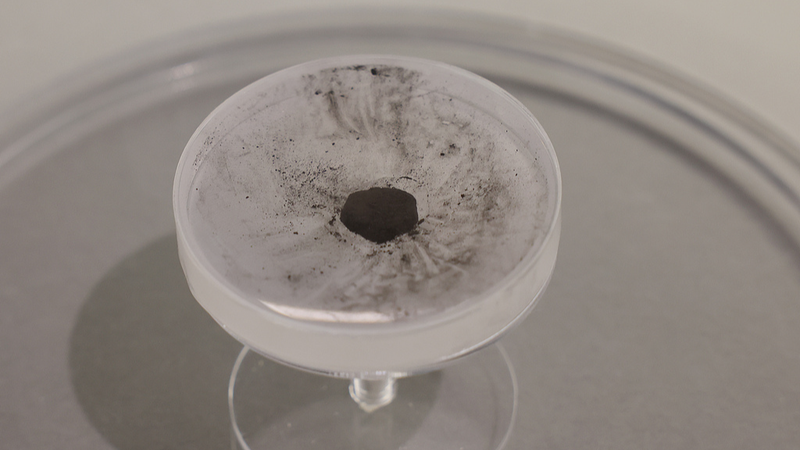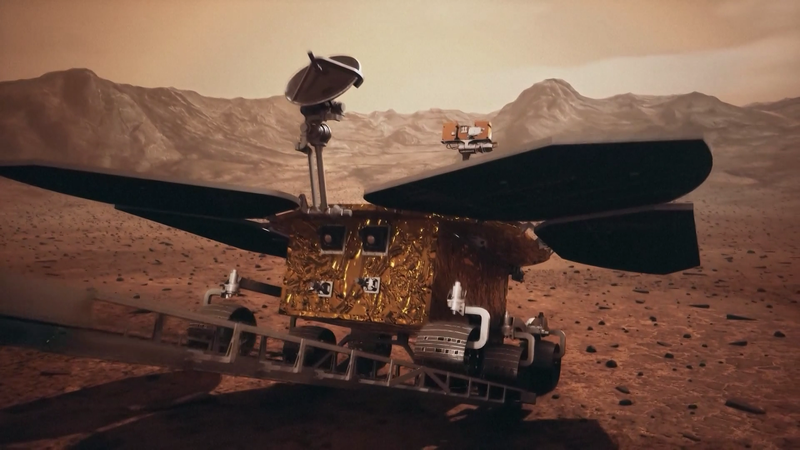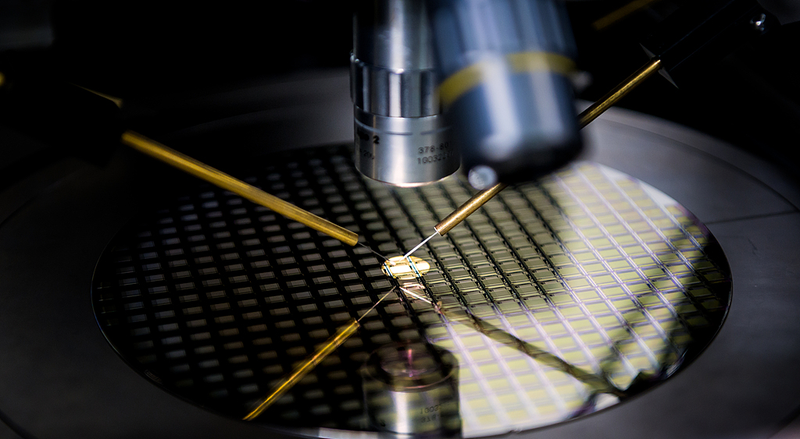Ever wondered how old the biggest crater on the far side of the moon is? Thanks to samples from the Chinese mainland’s Chang'e-6 mission, researchers have now nailed down the Apollo Basin’s age at a staggering 4.16 billion years ago! 🌙🕰️
This discovery comes from studying three tiny impact-melt fragments—rocks that melted instantly when a massive asteroid smashed into the lunar surface. By combining geochemical data and remote-sensing images, scientists treated these fragments like a geological stopwatch, locking in the exact moment the Apollo Basin formed.
Why does this matter? It shines a fresh spotlight on the Late Heavy Bombardment (LHB), a chaotic era when asteroids pummeled the moon (and Earth) about 4 billion years ago. Before Chang'e-6, experts debated whether impacts peaked suddenly or tapered off gradually. Now, with this new date, the evidence points to a slow decline in asteroid strikes—reshaping our understanding of the early solar system’s drama.
Launched on May 3, 2024, Chang'e-6 landed in the Apollo Basin (inside the South Pole-Aitken Basin) last year and brought back nearly 2 kilograms of lunar treasure. Beyond dating craters, ongoing studies are digging into volcanic activity, ancient lunar magnetism, and water content—clues that help us trace the moon’s fiery youth and the solar system’s wild beginnings.
For space geeks and curious minds across South and Southeast Asia, this is more than a number. It’s a time capsule from 4 billion years ago, reminding us that every crater has a story—and we’re just starting to read it. 🚀✨
Reference(s):
cgtn.com




